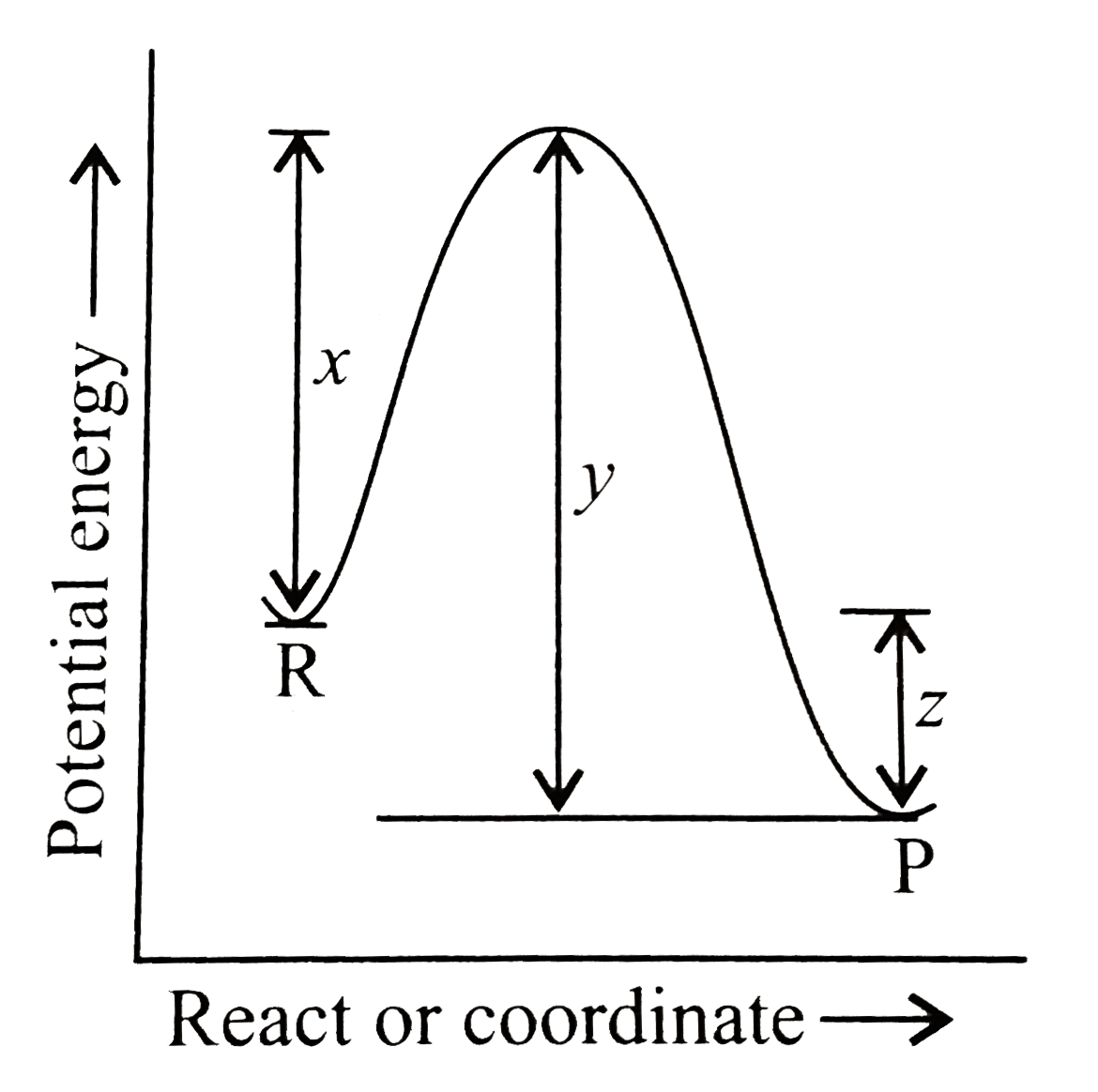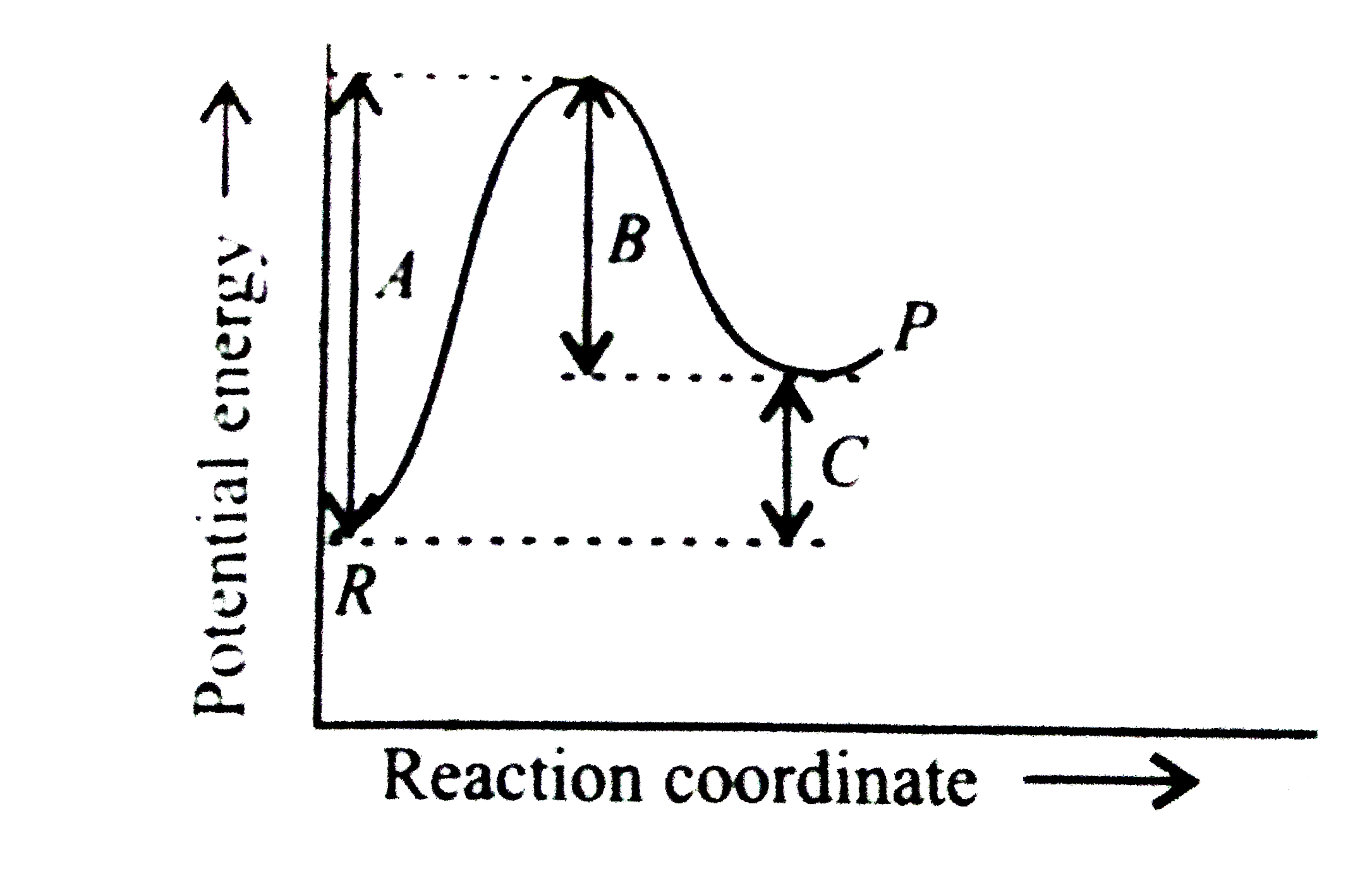The potential energy diagram for a reaction R→P is given below. ΔHɵ of the reaction corresponds to the energy

A
x
B
y
C
z
D
(x+y)
Video Solution
Text Solution
The correct Answer is:C
For exothermic reaction,
ΔHɵ=(PEof Product)−(PEof reactant)=Z
|
Topper's Solved these Questions
- CHEMICAL KINETICSBOOK - CENGAGE CHEMISTRYCHAPTER - CHEMICAL KINETICSEXERCISE - Exercises Assertion-Reasoning
22 Videos
- CHEMICAL KINETICSBOOK - CENGAGE CHEMISTRYCHAPTER - CHEMICAL KINETICSEXERCISE - Exercises Integer
15 Videos
- CHEMICAL KINETICSBOOK - CENGAGE CHEMISTRYCHAPTER - CHEMICAL KINETICSEXERCISE - Exercises Multiple Correct
34 Videos
- CARBOXYLIC ACIDS AND THEIR DERIVATIVESBOOK - CENGAGE CHEMISTRYCHAPTER - CARBOXYLIC ACIDS AND THEIR DERIVATIVESEXERCISE - Exercises Archives (Analytical And Descriptive)
34 Videos
- COORDINATION COMPOUNDSBOOK - CENGAGE CHEMISTRYCHAPTER - COORDINATION COMPOUNDSEXERCISE - Archives Subjective
18 Videos
Similar Questions
Knowledge Check
The potential energy diagram for a reaction R→P is given below.

ΔH0 of the reaction corresponding to the energy.AaBbCcDa+bThe potential energy diagram for a reaction R→P is given below.

ΔH0 of the reaction corresponding to the energy.AaBbCcDa+bThe potential energy diagram for the reaction
R→P is given below:

ΔH∘ of the reaction corresponds to the energyAaBbCcDa+b
The energy diagram of a reaction P+Q→R+S
is given. What are A and B in the graphs?

View SolutionThe potential energy diagram for a reaction R→P is given ΔH∘ of the reaction corresponds to the energy :

View SolutionThe potential energy diagram for a reaction R→P is given by

ΔH∘ of the reaction compounds to the energy
View Solution
Potential energy diagram for the formation of major product in above reaction:
View SolutionWhich of the following is potential energy diagram for SN1 reaction?
View Solution


